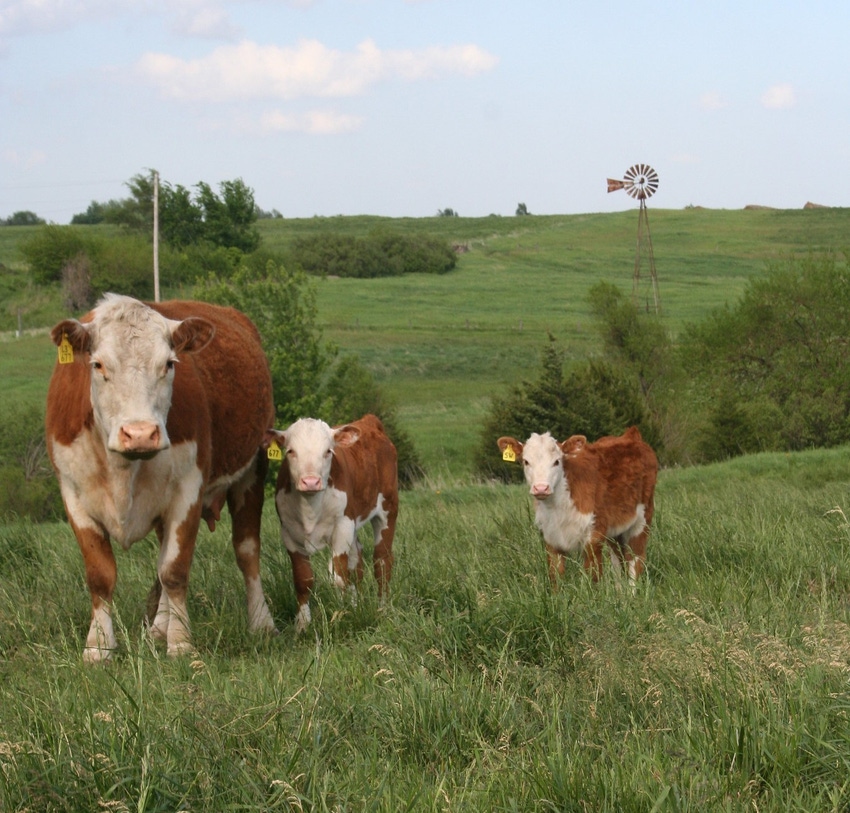Professional Support: Bagley Risk Management Approaches
Professional Support: Bagley Risk Management Approaches
Blog Article
Understanding Animals Risk Security (LRP) Insurance: A Comprehensive Overview
Navigating the world of animals threat security (LRP) insurance can be a complicated endeavor for lots of in the agricultural market. This sort of insurance uses a safeguard against market changes and unforeseen scenarios that could affect animals producers. By comprehending the details of LRP insurance, manufacturers can make enlightened choices that may guard their procedures from financial threats. From exactly how LRP insurance operates to the different coverage alternatives readily available, there is much to uncover in this thorough overview that could possibly form the way livestock manufacturers come close to risk management in their services.

How LRP Insurance Policy Works
Occasionally, understanding the technicians of Livestock Threat Security (LRP) insurance can be intricate, however damaging down exactly how it works can supply clearness for breeders and farmers. LRP insurance coverage is a threat monitoring tool made to safeguard animals producers against unexpected cost declines. The plan allows manufacturers to set an insurance coverage level based upon their particular demands, selecting the variety of head, weight range, and insurance coverage price. As soon as the policy remains in area, if market value drop below the insurance coverage price, manufacturers can sue for the difference. It's crucial to note that LRP insurance policy is not an income guarantee; rather, it concentrates exclusively on price danger defense. The coverage period generally ranges from 13 to 52 weeks, providing adaptability for producers to pick a duration that lines up with their manufacturing cycle. By making use of LRP insurance, farmers and breeders can alleviate the economic dangers linked with fluctuating market costs, making certain greater stability in their operations.
Qualification and Protection Options

When it comes to protection choices, LRP insurance policy offers producers the flexibility to choose the protection degree, insurance coverage duration, and recommendations that ideal suit their threat administration demands. By understanding the eligibility criteria and coverage options available, livestock manufacturers can make enlightened choices to manage danger properly.
Benefits And Drawbacks of LRP Insurance Coverage
When examining Livestock Threat Security (LRP) insurance coverage, it is vital for livestock manufacturers to evaluate the negative aspects and advantages inherent in this threat administration tool.

One of the key advantages of LRP insurance policy is its ability to supply defense versus a decline in livestock costs. This can aid protect producers from economic losses arising from market fluctuations. Furthermore, LRP insurance policy supplies a level of versatility, enabling manufacturers to tailor coverage levels and policy durations to fit their specific demands. By locking in an ensured cost for their livestock, producers can better handle threat and prepare for the future.
One constraint of LRP insurance coverage is that it does not safeguard versus all types of threats, such as illness outbreaks or all-natural catastrophes. It is crucial for manufacturers to very carefully assess their specific danger exposure and economic situation to identify if LRP insurance policy is the best threat administration device for their operation.
Recognizing LRP Insurance Coverage Premiums

Tips for Taking Full Advantage Of LRP Conveniences
Taking full advantage of the advantages of Animals Threat Security (LRP) insurance policy needs tactical planning and positive risk administration - Bagley Risk Management. To make the many of your visit this site right here LRP coverage, consider the following ideas:
Routinely Evaluate Market Problems: Keep educated concerning market fads and price fluctuations in the livestock industry. By keeping an eye on these aspects, you can make enlightened choices concerning when to purchase LRP coverage to protect against prospective losses.
Establish Realistic Coverage Levels: When selecting coverage degrees, consider your manufacturing prices, market value of livestock, and prospective threats - Bagley Risk Management. Establishing sensible insurance coverage degrees guarantees that you are sufficiently safeguarded without overpaying for unnecessary insurance
Expand Your Coverage: Rather than relying entirely on LRP insurance, think about diversifying your risk monitoring techniques. Incorporating LRP with other threat monitoring devices such as futures agreements or choices can provide comprehensive insurance coverage versus market uncertainties.
Review and Readjust Coverage Frequently: As market conditions transform, regularly review your LRP insurance coverage to ensure it aligns with your existing risk direct exposure. Changing coverage levels and timing of purchases can help maximize your risk defense technique. By adhering to these suggestions, you can maximize the benefits of LRP insurance and safeguard your animals operation versus unanticipated risks.
Final Thought
Finally, animals risk security (LRP) insurance coverage is an important device for farmers to manage the monetary threats related to their animals procedures. By understanding exactly how LRP works, eligibility and insurance coverage options, along with the pros and disadvantages of this insurance coverage, farmers can make enlightened choices to secure their livelihoods. By carefully taking into consideration LRP premiums and executing approaches to optimize advantages, farmers can mitigate prospective losses and make sure the sustainability of their procedures.
Animals manufacturers interested in obtaining Livestock Danger Security (LRP) insurance coverage can discover an array of qualification criteria and coverage options tailored to their particular livestock operations.When it comes to protection choices, LRP insurance coverage uses manufacturers the versatility to select the protection degree, protection period, and endorsements that finest suit their risk management needs.To grasp the intricacies of Livestock Threat Defense (LRP) insurance policy totally, recognizing the aspects affecting LRP insurance coverage premiums is essential. LRP insurance premiums are established by numerous aspects, including the coverage level chosen, the expected rate of livestock at the end of the coverage period, the type of livestock being guaranteed, and the size of the protection period.Testimonial and Change Coverage Consistently: As market conditions change, periodically assess your LRP protection to ensure web link it straightens with your present risk direct exposure.
Report this page